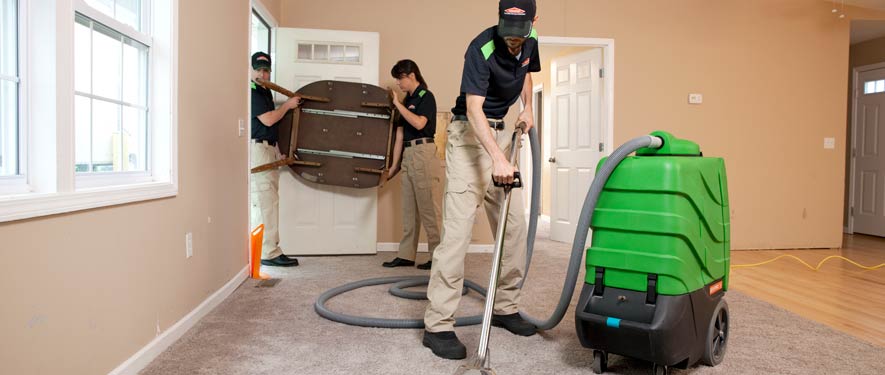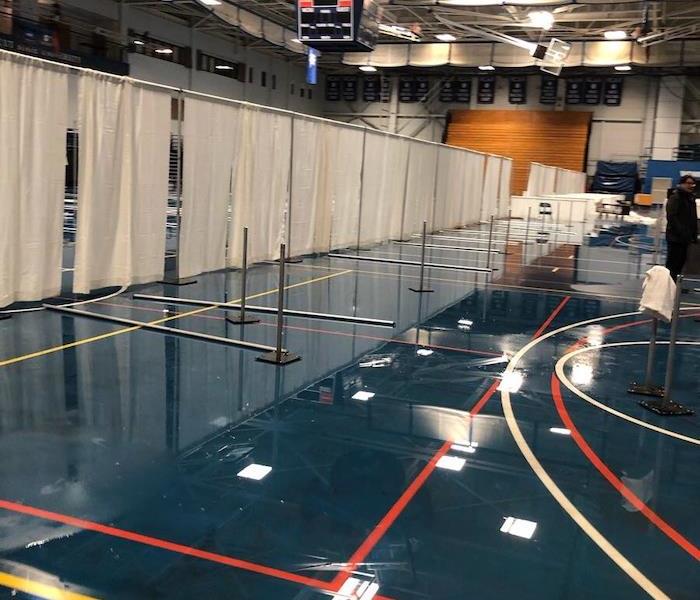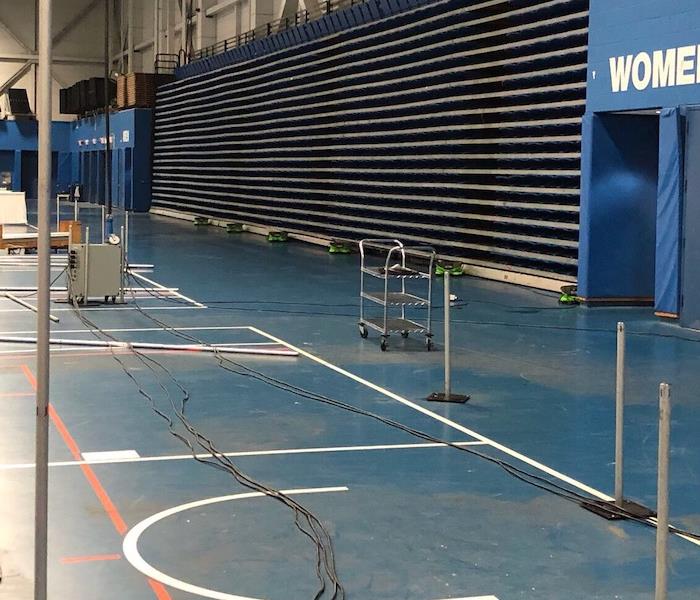
Step 3: Water Removal / Water Extraction
The Tools and Techniques Used to Remove Water from Danbury Homes
As you might imagine, standing water can present substantial problems for your Danbury home that continually worsen until the situation gets resolved. While porous materials can quickly absorb much of this excess water, other materials allow damage to the pool. We must address both varieties of needed water removal in this regard, which involves a wide variety of our advanced tools and equipment.
Removing Water Absorbed into Materials
With carpeted areas and drywall throughout your Danbury home, many materials can quickly absorb migrating water. Oversaturation, especially of materials like drywall, can happen in as little as 24 hours, so it is crucial to address these concerns as promptly as possible if there is a chance to preserve these construction elements. The use of moisture meters and probing detectors can indicate the severity of this penetration to determine if drying is as cost-effective as removal and replacement by our in-house contractors would be.
Standing Water Concerns for Your Residence
Standing water can be both a destructive force to materials and contents of your residence, but also a catalyst for hazards like an electric shock. Removing this pooling water is a vital element to beginning the drying your home needs, and can involve a variety of our cutting-edge extractors, including:
• Wet vacuums
• Submersible pumps
• Truck-mount extractors
• Carpet wands
No matter what threat exists in your home, our SERVPRO team can help.
Move-Out / Pack-Out
If your home requires extensive restoration or cleaning, SERVPRO of Danbury / Ridgefield can conduct an organized, efficient move-out to protect your belongings from further damage.
- Move-Out Service
Emergency Water Removal
Our highly trained technicians will begin the water removal process almost immediately. Depending on the amount of water, we may use powerful submersible pumps in addition to industrial strength, wet/dry vacuums. Removing most of the water helps reduce drying time and helps prevent secondary water damage and mold and bacterial growth.
- Remove Excess Water
- Use Submersible Pumps and Industrial Wet/Dry Vacuums
Inspect the Carpet Pad and Carpet
We inspect the carpet and pad and determine if they should be removed to protect the subfloor.
- Inspect Carpet Pad and Remove If Needed
- Inspect Carpet and Remove If Needed
Water Removal Equipment
- Moisture detectors, hygrometers, and other meters measure the extent of moisture saturation.
- Infrared cameras may be used to find “hidden” water behind walls and ceilings.
- Submersible and gas-powered pumps are used for continuous pumping of high-level water.
- Truck-mounted and portable extraction units perform efficient water removal.






 24/7 Emergency Service
24/7 Emergency Service




